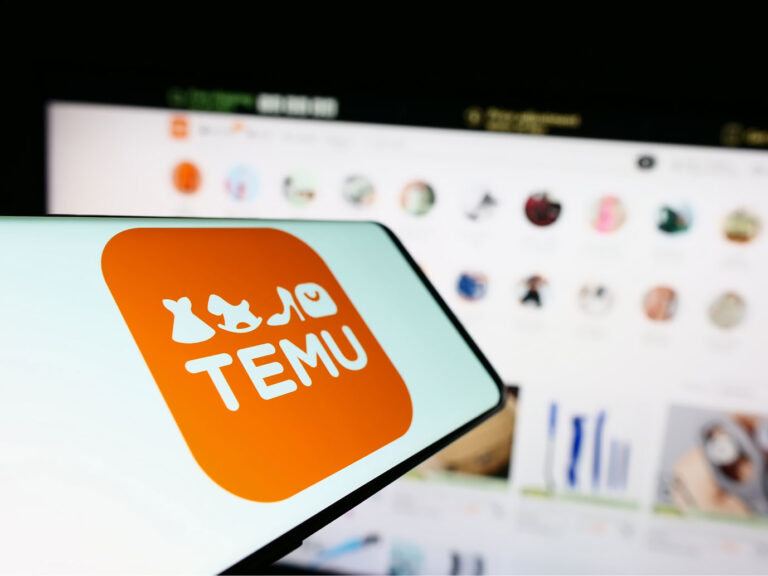Atomic Group, innovation and technology hub that aims to earn R$ 35 million in 2025, is presenting to the market the channel for equity model of Atomic Ventures, one of the seven companies that form the group. The model brings differentials that place Atomic Ventures as the future of startup acceleration in Brazil.
Atomic Ventures offers entrepreneurs sales channels for the activation of their products, in the group's active customer base, at no cost. Currently, this base has more than 2.5 thousand customers, from multiple economic activities. It also offers strategic mentoring for growth. The model transforms part of the revenue into proportional equity (share participation).
Thus, there is a fairer model, as highlighted by the founder and CEO of Atomic Group, Filipe Bento. The time of the founder of the enterprise is also respected, in a process consisting of two major steps: pre-acceleration, “an initial period of strategic mentoring and validation before the signing of the” acceleration, and the acceleration program itself.
The pre-acceleration phase includes simplified due diligence, with initial legal and financial analysis; term of investment and/or acquisition preference while the startup is incubated; and mentoring with specialists, with evaluation of key points, such as business model, scalability, initial traction and corporate structure.
Acceleration involves the legal stage (formalization of the terms of the investment, including equity and strategic objectives); and Atomic Ventures deliveries.These are: the initial capital for connection with the Bitrix marketplace; network of mentors and experts in product, marketing, sales and finance; and connections with investors for future rounds.
“We have transformed founders into scalable and profitable business leaders, to be the owners of the” destiny, says Bento.
The executive also points out that the Atomic Ventures model integrates an innovation and technology ecosystem made up of the other companies of the Atomic Group (representative of the international Bitrix platform), Atomic Apps, Atomic Education, Atomic Partners, Atomic Capital and Atomic Data.
From this ecosystem, Bento cites two 3’ cases that illustrate its potential. One of them is the PowerZap WhatsApp API for Bitrix24, which integrates customer communication in WhatsApp within Bitrix24.CRM. In two years, the monthly revenue of this solution grew more than six times: it went from R$ 71 thousand in July 2022 to R$ 468 thousand in July 2024.
Another 24-inch-based version of PowerBot is that of Br24, a chatbot created in the Bitrix24 system.It allows you to implement powerful solutions in an agile way.In the first four months of the solution's deployment, the number of customers jumped seven times (28 in September 2024, 144 in December), with the same revenue growth (from R$ 7 thousand to R$ 50 thousand monthly).
“Companies that have fit with the Atomic Ventures model get well-structured investments, technology-centric solutions, not manual services; proven MRR [monthly recurring revenue], financial potential and product validated”, says the CEO of Atomic Group.











